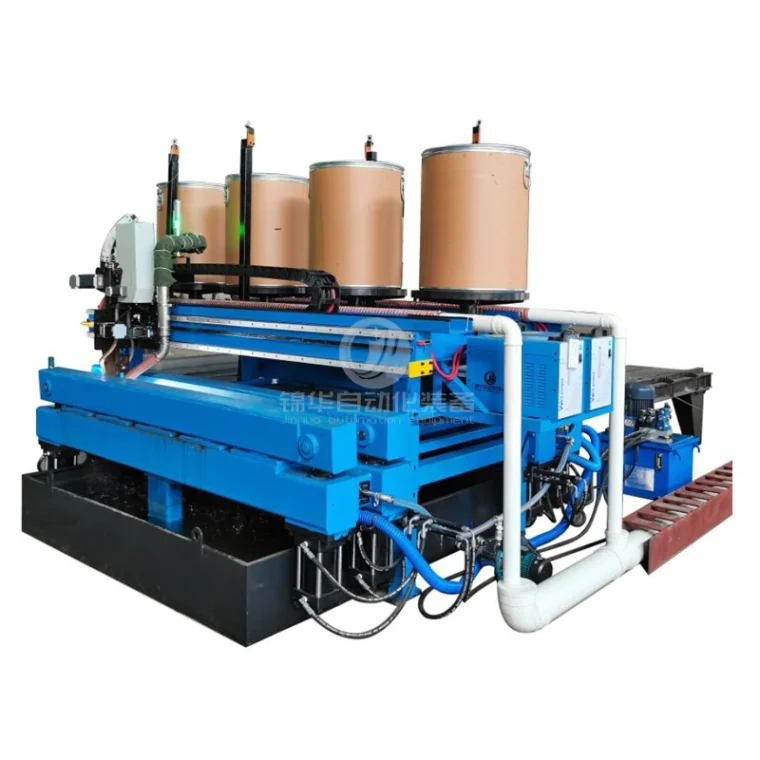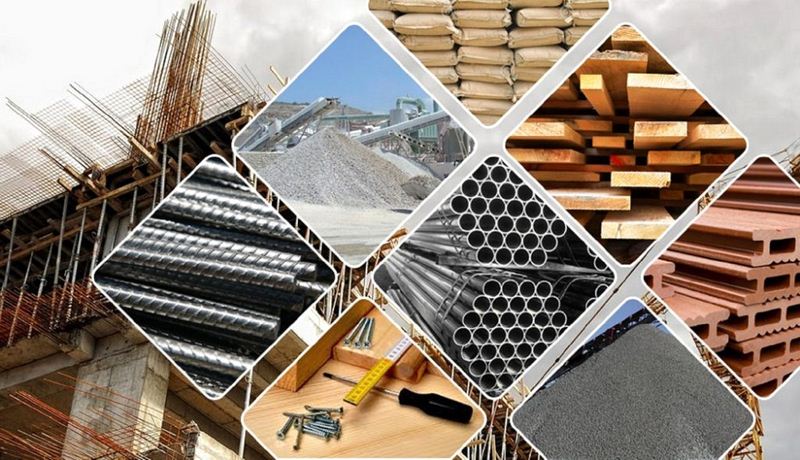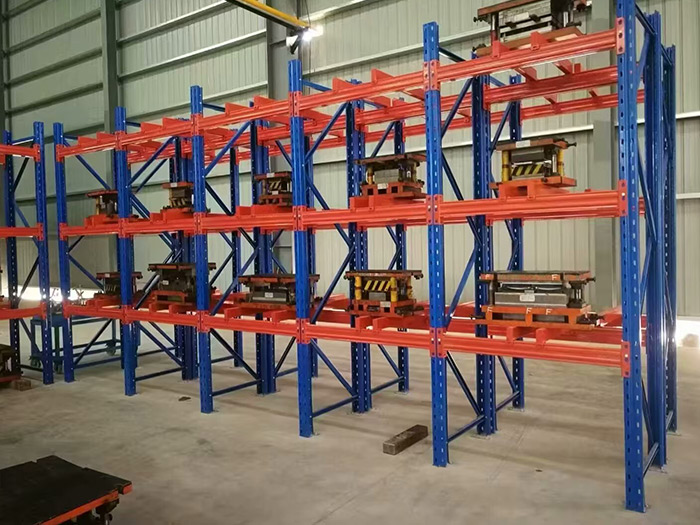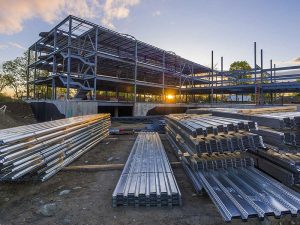In the field of civil engineering, the selection of construction materials plays a crucial role in the success and durability of any project. From ancient times to the modern era, engineers have been utilizing a wide variety of materials to meet the diverse demands of construction. In this blog post, we will delve into the world of construction materials used in civil engineering, exploring their properties, applications, and advancements.
- Concrete: The Backbone of Construction
Concrete, a composite material made of cement, aggregates, water, and additives, is the most widely used construction material in civil engineering. Its versatility, durability, and cost-effectiveness make it an ideal choice for various applications, including foundations, walls, and pavements. We will discuss the different types of concrete, such as reinforced concrete and precast concrete, and their specific uses. - Steel: Strength and Flexibility Combined
Steel, known for its exceptional strength and flexibility, is another fundamental material in civil engineering. It is extensively used in the construction of high-rise buildings, bridges, and infrastructure projects. We will explore the various types of steel used, such as structural steel and reinforcing steel, and their unique properties that make them indispensable in the industry. - Timber: A Sustainable Solution
Timber, a renewable resource, has been used in construction for centuries. Its natural beauty, thermal insulation properties, and environmental sustainability make it a popular choice for both structural and aesthetic purposes. We will discuss the different types of timber, their treatment processes, and innovative applications in modern construction, including timber-framed buildings and engineered wood products. - Masonry: Building with Bricks and Blocks
Masonry, the art of constructing structures using individual units, such as bricks, stones, or concrete blocks, has been prevalent since ancient times. We will explore the various types of masonry materials, their characteristics, and the techniques employed in their construction. Additionally, we will discuss the advancements in masonry, such as the use of autoclaved aerated concrete (AAC) blocks and fiber-reinforced masonry. - Sustainable Materials: Paving the Way for a Greener Future
With the growing emphasis on sustainability, civil engineers are increasingly incorporating eco-friendly materials into their projects. We will delve into the world of sustainable construction materials, including recycled aggregates, fly ash, and geopolymer concrete. These materials not only reduce environmental impact but also offer improved performance and longevity.
Conclusion:
The world of construction materials in civil engineering is vast and ever-evolving. From traditional materials like concrete and steel to sustainable alternatives, engineers have a plethora of options to choose from. By understanding the properties, applications, and advancements in these materials, civil engineers can make informed decisions to ensure the success and longevity of their projects.












+ There are no comments
Add yours